Kyle Clark is an aviation pioneer.
That’s not simply because his Burlington, Vermont-based company, Beta Technologies, is among the dozens racing to develop electric vertical takeoff and landing (eVTOL) aircraft large enough to serve a useful commercial purpose. It is, instead, because he’s one of the handful of people in the world who has actually flown one.
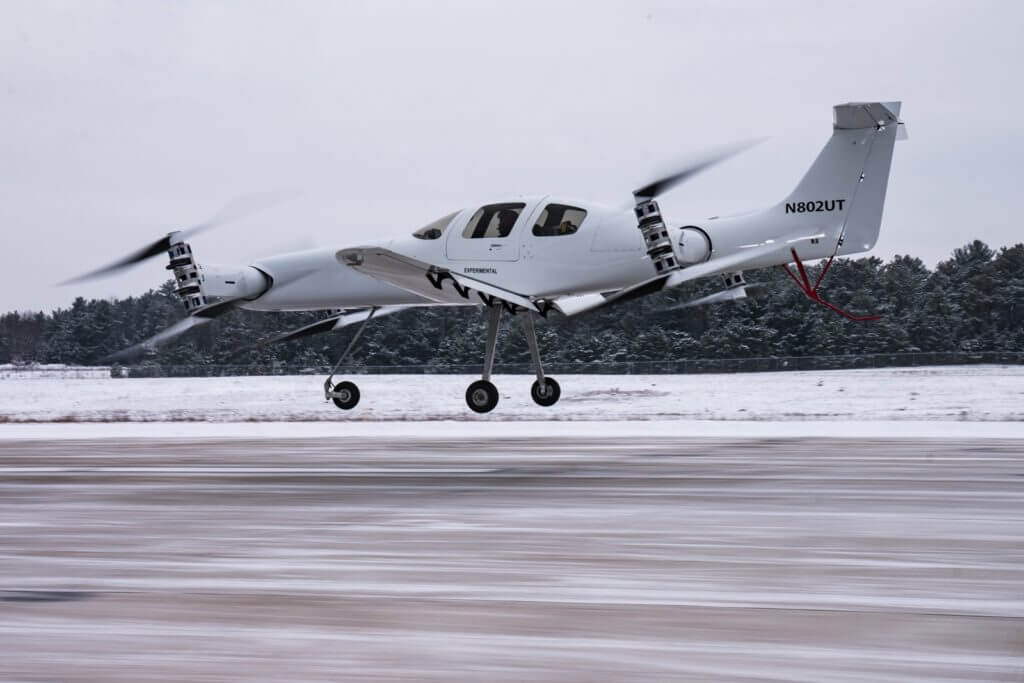
Most large eVTOL aircraft (as opposed to personal flying machines) remain in the concept phase. Of the prototypes that have actually flown, most that we know of have done so unmanned. That hasn’t stopped their developers — who are primarily focused on the air taxi market — from hyping them as revolutionary machines that will transform how we move around crowded cities, starting as early as 2023, if Uber’s “Elevate” vision comes to pass.
Meanwhile, Clark has been quietly going about the business of flying his own vectored thrust eVTOL demonstrator, dubbed Ava XC. The program is funded by the biotechnology company United Therapeutics, which hopes to eventually use a successor to Ava to transport its manufactured organs — an application that’s much more feasible in the near term than the speculative air taxi market.
The aircraft is built around a Lancair ES cabin, with fixed wings and tail provided by the experimental aircraft developer RDD Enterprises. Lightweight carbon fiber outriggers developed by Blue Force Technologies extend from either side of the nose and tail, providing mounting points for four pairs of counter-rotating proprotors, each driven by a pair of 124-horsepower permanent magnet motors.
The aircraft can take off vertically with its nacelles pointed 90 degrees toward the sky; then, the nacelles tilt forward as far as zero degrees to the horizontal to direct thrust for forward flight. In cruise, most or all of the lift is generated by the 35-foot (10.7-meter) wing, giving the aircraft the efficiency to make the most of its two lithium-ion battery packs totaling 124 kilowatt-hours.
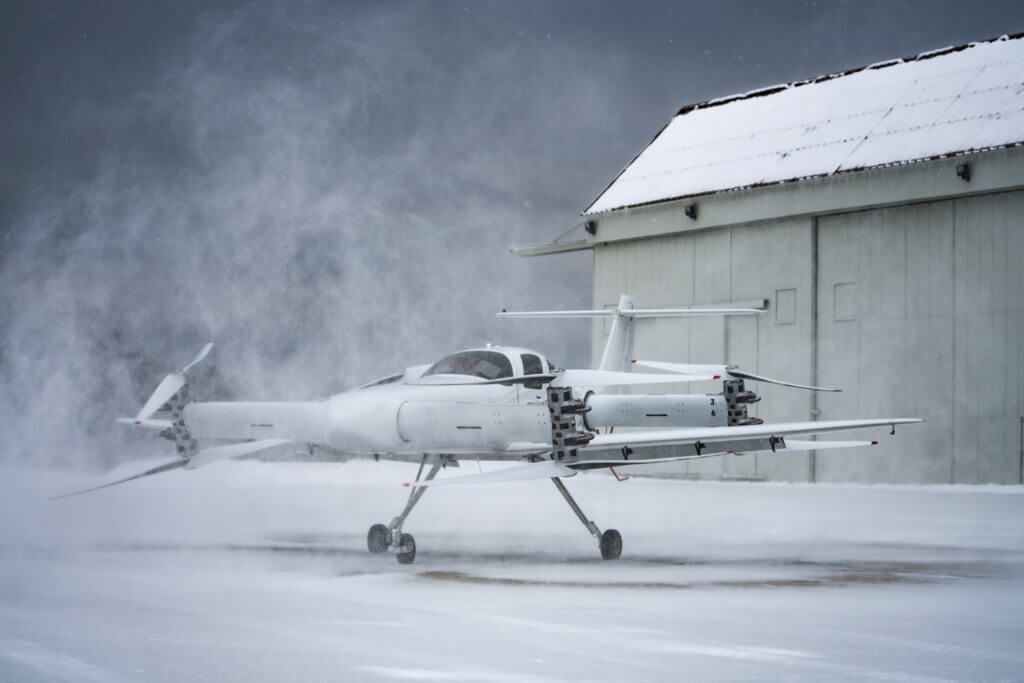
At around 4,000 pounds (1,815 kilograms), Ava is the heaviest known eVTOL to fly to date. And Clark hasn’t just been along for the ride like a passenger in a giant drone. As Beta Technologies’ principal test pilot as well as its founder, he is now more than 180 flights into a rigorous, Federal Aviation Administration (FAA)-approved testing program designed to map the edges of the aircraft’s flight envelope, and to demonstrate that it can be landed safety even after motor or battery failures.
Clark comes to the role as an engineer and serial entrepreneur who has been passionate about aviation since childhood. He started building his first kit plane, an ultralight, in high school, figuring he could get away with Douglas fir even though the plans called for Sitka spruce. “My mother was frightened I was going to hurt myself with the plane that I was building. She actually burned it, and then, feeling bad about it, set up my first training flight at a local airstrip,” he recalled.
Clark studied applied math and materials science at Harvard, where he also played ice hockey. He was drafted by the Washington Capitals, and used his signing bonus for flying lessons. By the time he founded Beta Technologies in 2017, Clark, who is now 39, was an accomplished pilot with airplane multi-engine and instrument ratings. However, he didn’t have any helicopter or test pilot experience, and the FAA wasn’t prepared to sign him off for Ava’s flight test program without those additional qualifications.
Rather than hand over the program to another pilot, Clark learned how to fly helicopters, then worked with the FAA to meet the qualifications for a powered lift rating — something that until then had been granted only to pilots with military tiltrotor experience. Now, Beta Technologies also has an approved, simulator-based training program that will allow it to sign off additional powered lift test pilots, “which I believe is unique in the industry,” Clark said.
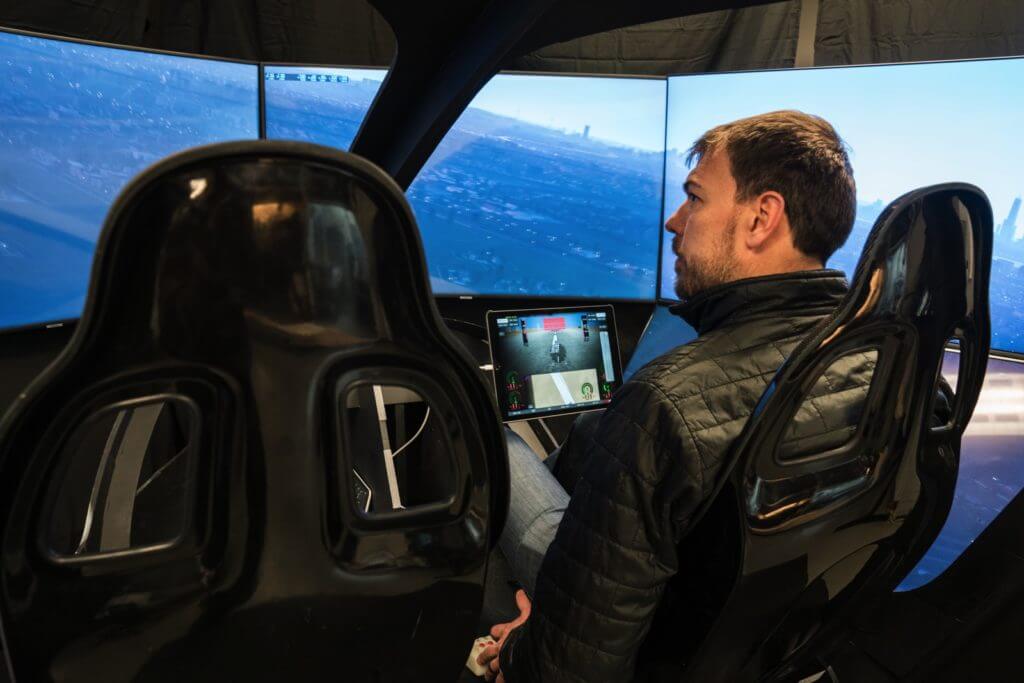
While Clark is the driving force behind Beta Technologies, he has assembled an impressive team of experts to bring his aircraft to life. Flight simulation is led by Austin Meyer, the creator of the popular flight simulation software X-Plane. Before settling on Ava’s current configuration, Beta Technologies developed 35 variants, all of which were tested in X-Plane using autopilots written by Meyer.
“One of the key, interesting things was the number of lines of code it took to write the autopilot was directly proportional to the complexity of controlling the airplane,” Clark observed. “That was a really good metric to say, ‘Yeah, this is or isn’t an elegantly simple design.'”
According to Clark, the autopilot developed for Ava has less than 1,000 lines of code, which “basically demands that you are always taking the simplest way of solving the problem.” That, he said, is reflected in the flight controls, which are of hybrid design.
A collective lever in the left hand modulates the speed of the proprotors and therefore thrust, although Clark noted that the control is much lighter than a conventional helicopter collective. Traditional foot pedals control the rudder and the clockwise/counter-clockwise differential of the rotors while hovering, and allow for differential braking during ground taxi.
In the right hand is a sidestick similar to what might be found in a business jet, which is coupled to both the mechanical flight control surfaces and the fly-by-wire controller for distributed propulsion. The right thumb controls a bump switch that tilts the nacelles, allowing the pilot to modulate the angle as a function of sink rate.
“I liken it to a glassy water landing in a sea plane where you come in . . . and all you’re doing is looking at the VSI [vertical speed indicator] and you’re setting your sink rate,” he said. “The same thing’s true when you’re moving this thing forward — if you can feel anything, you know you’re doing something wrong. So you start to bump that in a particular direction to either increase the vertical component of lift or the horizontal component of thrust.”
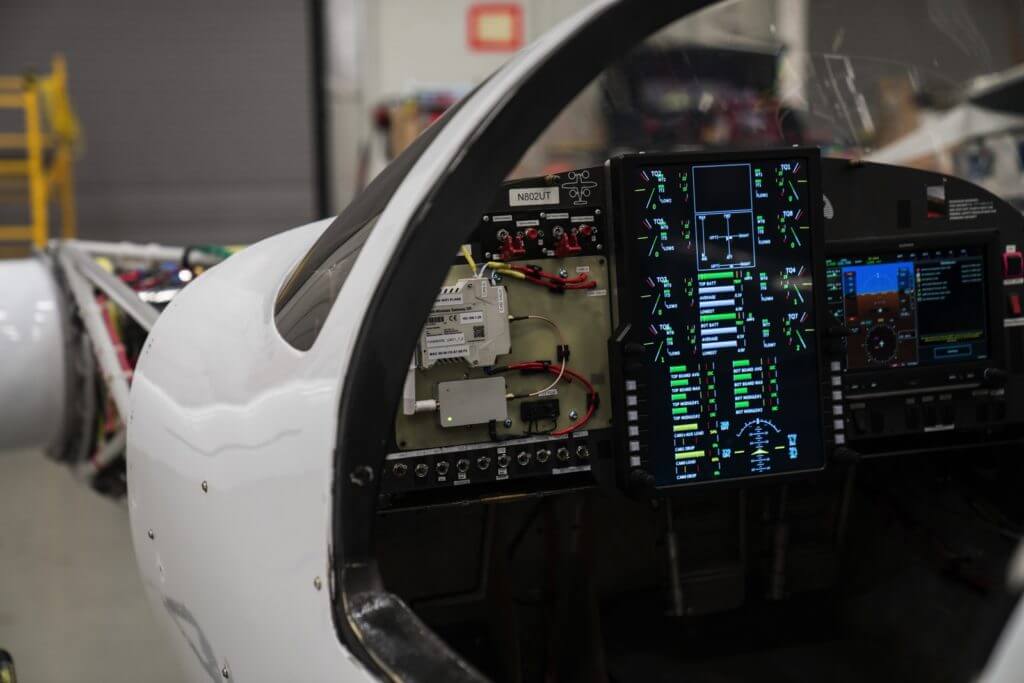
Whereas high-speed tiltrotors like the Bell-Boeing V22 and Leonardo AW609 limit the range of the nacelles in certain speed envelopes, Ava’s relatively low never-exceed speed of 154 knots makes such protections unnecessary. “You can actually tilt the nacelles skyward, and the aircraft will naturally decelerate, even in a dive, to a speed where you can comfortably pull the collective at a 90-degree vector,” he said.
That’s not something that Clark has demonstrated in the actual aircraft yet. Working within the constraints of Beta Technologies’ FAA-approved flight test program at Plattsburgh International Airport in New York, he has been expanding Ava’s flight envelope slowly and methodically, thus far achieving speeds of up to 72 knots and a maximum altitude of 100 feet, and flight in winds as high as 25 knots.
A large portion of the flight test program has been devoted to mapping the proprotor transition envelope, both in vector angle and airspeed. “Basically the way that’s done is we fly at different airspeeds at a fixed vector angle to the point where we don’t have enough control margin to continue, and we draw an edge on the envelope at that point,” he said.
Clark has also been testing different failure modes, including failures of individual motors in flight. And he has done the equivalent of one-engine inoperative testing, by failing one of the aircraft’s two battery packs (which separately power the top and bottom layers of motors).
“The aircraft can safely be flown with grossly diminished performance either on the top or the bottom rotors,” he explained. “So I got the thing up into a hover, reached over, and disconnected an entire battery while we’re flying. And that was pretty exciting, although I will say that the aircraft behaved very benignly . . . in a perfectly level attitude, it just kind of fell out of the sky at the calculated rate.” (Ava’s tall, springy test gear has been added specifically to accommodate tests like these.)
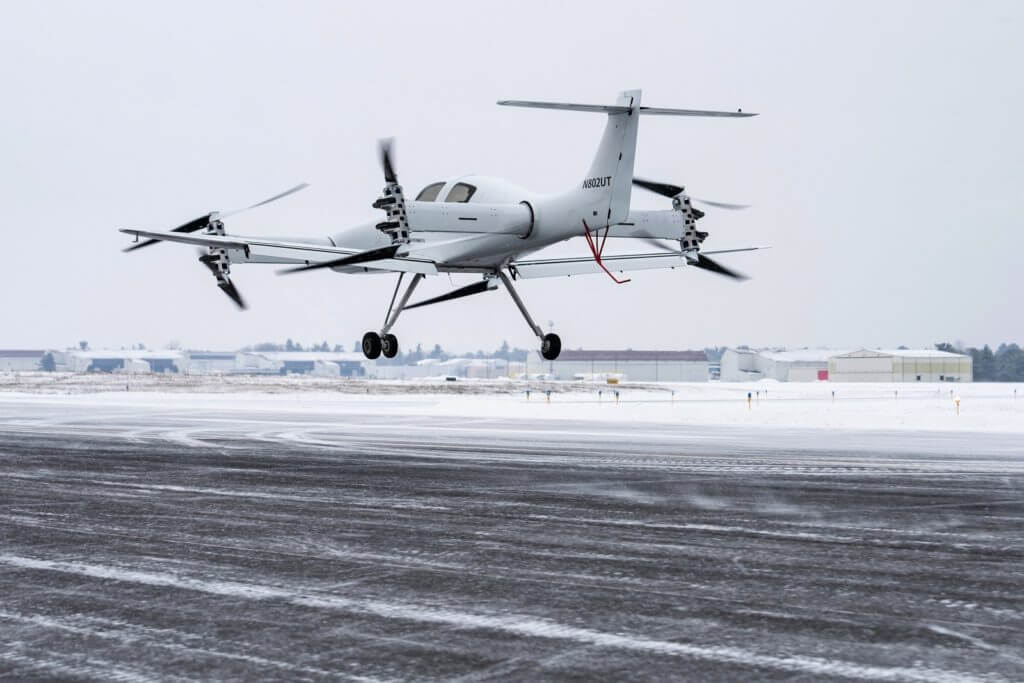
For Clark, a father of four, the stakes involved in testing are high. “When we’re ripping down the runway at 30 or 40 feet at 70 or 80 knots, and we lose a motor, and we don’t react appropriately, we lose the aircraft,” he said. So, he rehearses each test card — and possible system failures — exhaustively in a simulator prior to each flight.
Other eVTOL developers have de-risked their flight test programs by conducting their early flights without a human pilot onboard. But with fully autonomous aircraft still many years from certification, Clark believes that they are simply deferring the hard problems of flight testing, not circumventing them. Putting a human pilot on board “forces you to another level of thinking than if you were going to fly [a remotely controlled] model or an unmanned version,” he said.
Confronting those hard problems is why Clark is planning to tackle an even bigger challenge once Ava’s flight test program is complete — flying the aircraft across the United States on an exhibition certificate.
“The whole reason that we said, ‘Let’s fly this thing cross-country,’ is because it does expose those problems,” he said. “To hop the thing off the ground at a local airport in a controlled environment with known weather, known access to recharging, known operational limitations is an important test for everybody.
“But when you start going to new airports, you’re going to have to figure out recharging, clearances to fly into those new spaces, dealing with the local concerns of lithium batteries flying over people’s heads. You’re going to have to deal with things breaking down in the field, the real reliability concerns, not a flight test where you spend 40 hours preparing for a two-hour long test.”
Clark has already converted a 1982 Eagle bus into a mobile charging platform with a biodiesel generator to support his cross-country journey. That could take place as early as this summer, depending on when Ava’s flight test program wraps up (like many other programs overseen by the FAA, it was adversely impacted by the U.S. government shutdown).
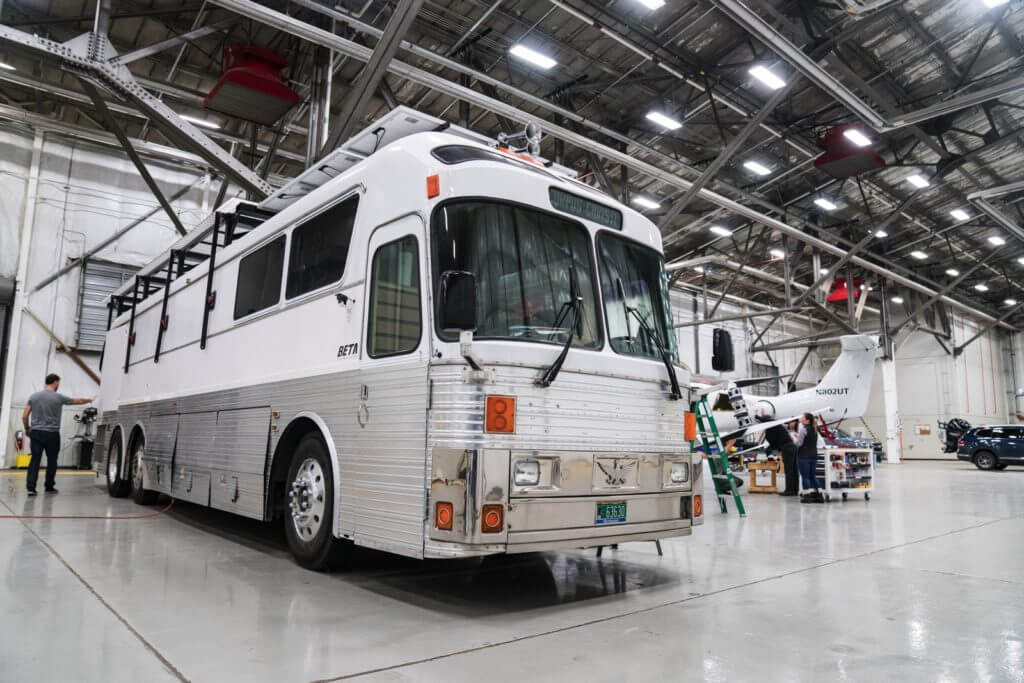
At only around 150 miles (240 kilometers), the maximum range of Ava is limited. However, around the time of his cross-country flight, Clark also intends to unveil a production eVTOL model, which he said will be different in appearance and capable of flying much farther — up to 290 miles (465 kilometers).
Flying these aircraft will require different approaches to performance and flight planning. In a conventional helicopter or airplane, performance increases over the course of a flight as fuel is burned off, decreasing the aircraft’s weight. In an eVTOL aircraft, however, the weight remains constant during flight and power capacity degrades as the batteries approach a low state of charge.
In Ava, prediction algorithms are used to generate three “range rings,” which provide the pilot with an estimate of available range based on whether the aircraft will be performing a vertical landing — which requires a large amount of energy — or a run-on or gliding landing. In general, Clark said, battery-limited eVTOL aircraft will encourage pilots to be particularly conscious of their energy consumption; to consider, for every maneuver, “is this a good thing to do for my mission?”
If eVTOL aircraft have certain limitations, however, they’ll also have some unique advantages. For example, unlike a conventional aircraft, start-up and shut down are virtually instantaneous. That’s an ideal feature for loading passengers or medical patients — although it also caused some confusion for a tower controller who was clearing Clark for a 10-minute hover test. “They kept asking me if I was ready to go because they didn’t see any rotors turning . . . I said, ‘Absolutely, I’m ready to go.’ And they’re like, ‘Advise when you are ready to go.'”
EVTOL aircraft will also be much quieter than conventional aircraft. Clark said this aspect is particularly noticeable when the aircraft transitions into forward flight and the wing starts generating lift, allowing the pilot to reduce the speed of the proprotors.
“When you’re flying a helicopter and you have a constant rotor speed, as you get through [effective translational lift], you know that you’re reducing torque, [but] there’s no audible difference,” he said.
“When you’re flying this aircraft, and you’re reducing torque by way of reducing rotor speed as you move into forward flight, it’s a really eerie feeling to have things start to get quieter and quieter. And as you start to fly forward, it almost feels like you’re swimming through the air.”





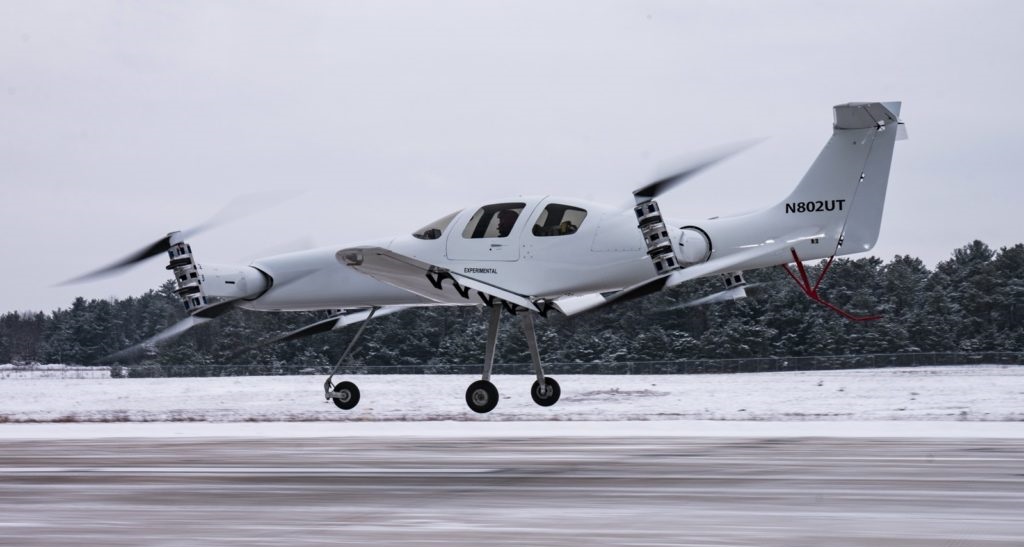
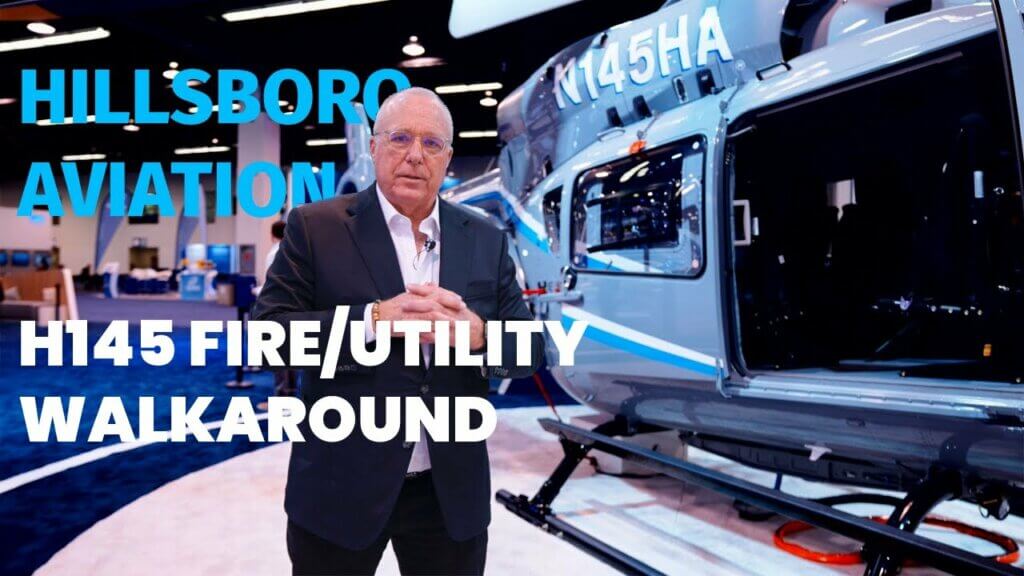



This is paving the way for a new aviation sector that, I believe will revolutionize aviation in itself.
Of course, some old school aviation people might not embrace this revolution, but whether we like it or not, it’s coming around the corner!
Personally, I have been involved in aviation for 20 years as an airline fixed wing and professional helicopter pilot, skydiving instructor, base jumper and paraglider and this is an amazing period for anyone passionate about flying!
This guy is an awesome human being
From great people come great things. From great things come great change. Great change requires great sacrifice from great people. Thanks Kyle! Thanks United Therapeutics! Crazy, Cool, Paradigm Shifting. Time to start working on my new ratings!
So impressive. Came across this via a YouTube suggested video of a test flight. As someone with 4 hours in a Robinson R-22 years ago, I’ve always been interested in helicopters. I had the controls for a while on a 204 and have been in the back seat of many 206s and AStars with the door off shooting video. I view Ava as a perfect blend of helicopter and fixed wing. The way Kyle and his team are controlling yaw with proportional power adjustments makes so much sense. And defining mission profile/performance characteristics is going to be so valuable in the real world. For video production, we’ve always and still do use Made in Vermont PortaBrace equipment bags – the best because they are well thought out and well made and the company walks the talk of innovation and fun. So it’s not surprising that Beta is in Vermont. Best wishes on stellar success in grinding through the problems on this imagination capturing endeavor!